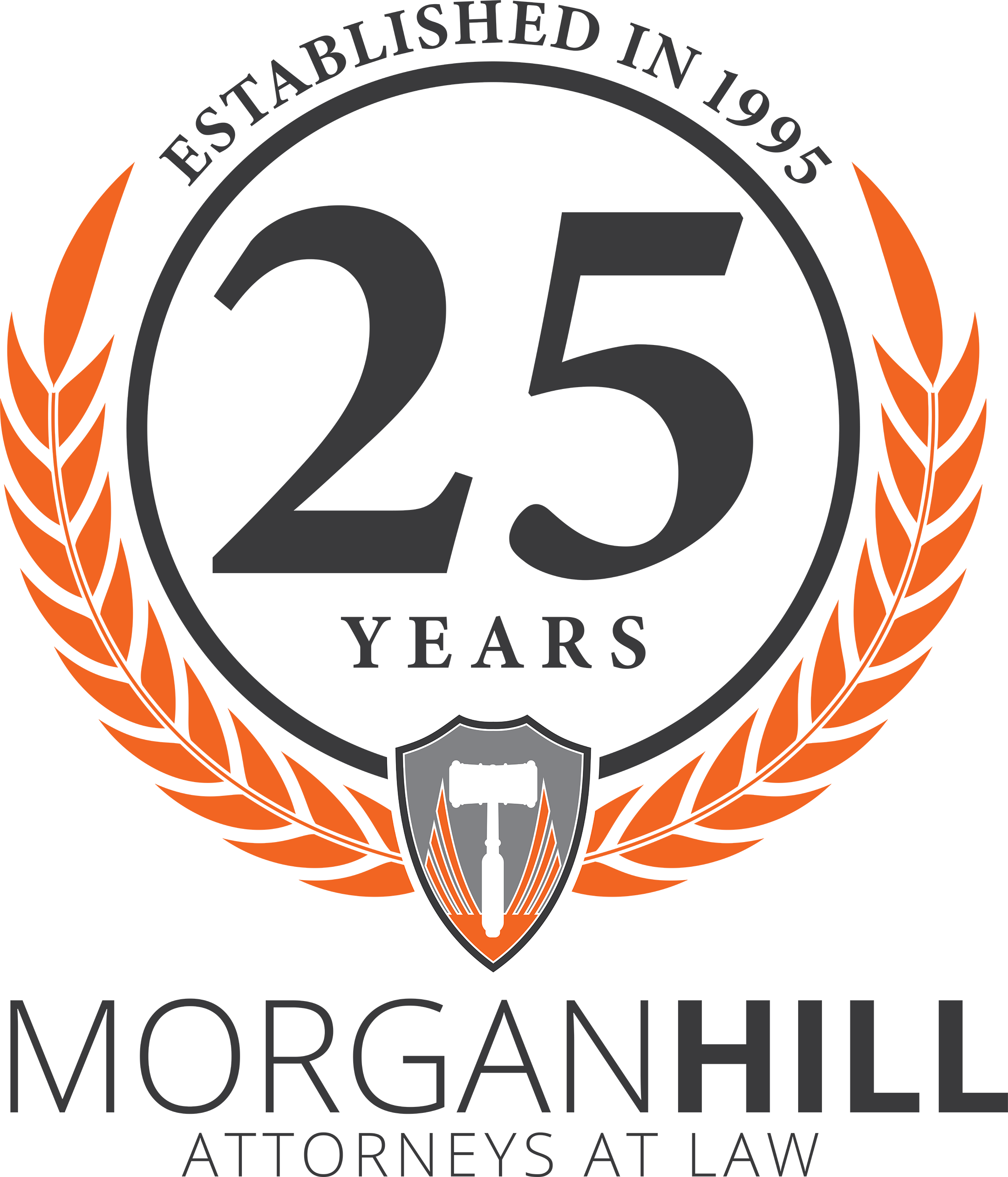Chapter 13 Overview
A Chapter 13 bankruptcy allows individual consumers with regular income to retain their property and pay back debts over a period of time, usually three to five years. Under this chapter, the debtor and his attorney examine the debtor’s income, necessary expenses and debts to develop a repayment plan to make monthly installment payments to creditors over the life of the plan. If the debtor’s current monthly income is less than the state median - currently $51,161 in Washington State - the plan will usually last for five years. If the debtor successfully completes all payments during the life of the plan, any debts not repaid at the end of the bankruptcy are discharged.
Chapter 13 is generally used by consumers for one or more of three general reasons. First, the debtor may have assets that cannot be exempted from creditor claims under Chapter 7, like excessive equity in real estate. This allows debtors to save their homes from foreclosure. Second, the debtor may have debts that are dischargeable under Chapter 13 but not under Chapter 7, like post-petition homeowner association fees. Finally, the debtor may have too much disposable income to qualify for a Chapter 7.

